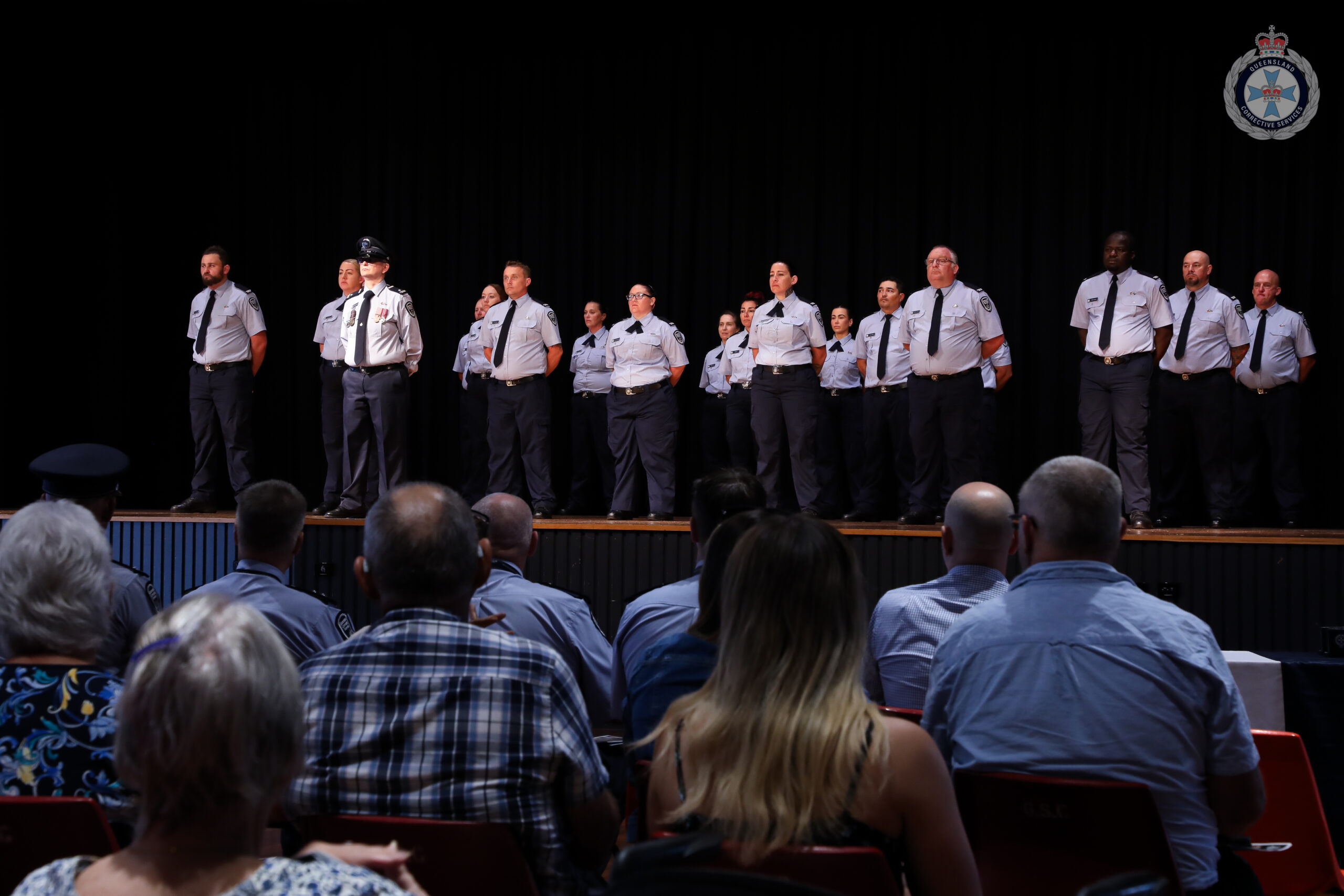The Revitalising Agricultural Region Freight (RARF) Strategy has been released today (June 29), setting the direction for future investment in freight infrastructure in the key agricultural regions of Western Australia.
The strategy provides a framework and consolidated project packages that prioritise future investment in road, rail, intermodal and port infrastructure projects for the next 10 to 15 years in the key agricultural regions of the Mid-West, Wheatbelt, Great Southern and Goldfields-Esperance.
The proposed 20 priority project packages are specifically aimed at addressing challenges relating to the need to improve rail infrastructure, establish intermodal terminals, undertake targeted road network investment, increase heavy vehicle access and improve regulatory efficiency.
Feedback received on the draft RARF Strategy, which was released for public comment in June 2019, has resulted in the inclusion of a more comprehensive list of road project priorities and a more targeted list of projects on the Tier 1 and Tier 2 rail networks.
The RARF Strategy complements the recently launched Wheatbelt Secondary Freight Network road program which aims to improve road reliability and ensure crucial supply chains continue to improve.
More information on the Revitalising Agricultural Region Freight Strategy can be found at https://www.transport.wa.gov.au/Freight-Ports/RARF
As stated by Transport Minister Rita Saffioti:
“The RARF Strategy is a blueprint for strategic investment for agricultural infrastructure in our WA regions, underpinning the agricultural sector in our State.
“Work has already started with industry on progressing project packages, with the State Government working with CBH and Arc Infrastructure to progress business cases for Tier 1 and Tier 2 railway packages identified as a priority in this strategy.
“We recognise there is a lot of sentiment around the Tier 3 lines and have commissioned an engineering assessment to advise on the cost and time required for potential rehabilitation.
“This new strategy will provide a strong plan for investment in agricultural freight supply chains that will assist in WA’s economic recovery following the impacts of the COVID-19 pandemic.
“It complements our recently announced $87.5 million Wheatbelt Secondary Freight Network upgrades that aim to improve safety and efficiency to a key freight supply chain.
“It will also provide a framework for industry to work closely with State and Commonwealth governments to develop and progress business cases for road, rail, intermodal and port infrastructure projects over the coming years.”
As stated by Agriculture and Food Minister Alannah MacTiernan:
“With the agricultural and food sector representing about 10 per cent of WA’s economy, we need to ensure our crucial transport supply chains continue to improve, helping our key regional agricultural areas prepare for future growth and ensure we have a diverse and robust economy.
“The strategy addresses the key challenges faced when transporting grain, livestock, hay, and will help improve infrastructure, freight productivity and safety on our freight supply networks, enhancing the international competitiveness of WA products.”







